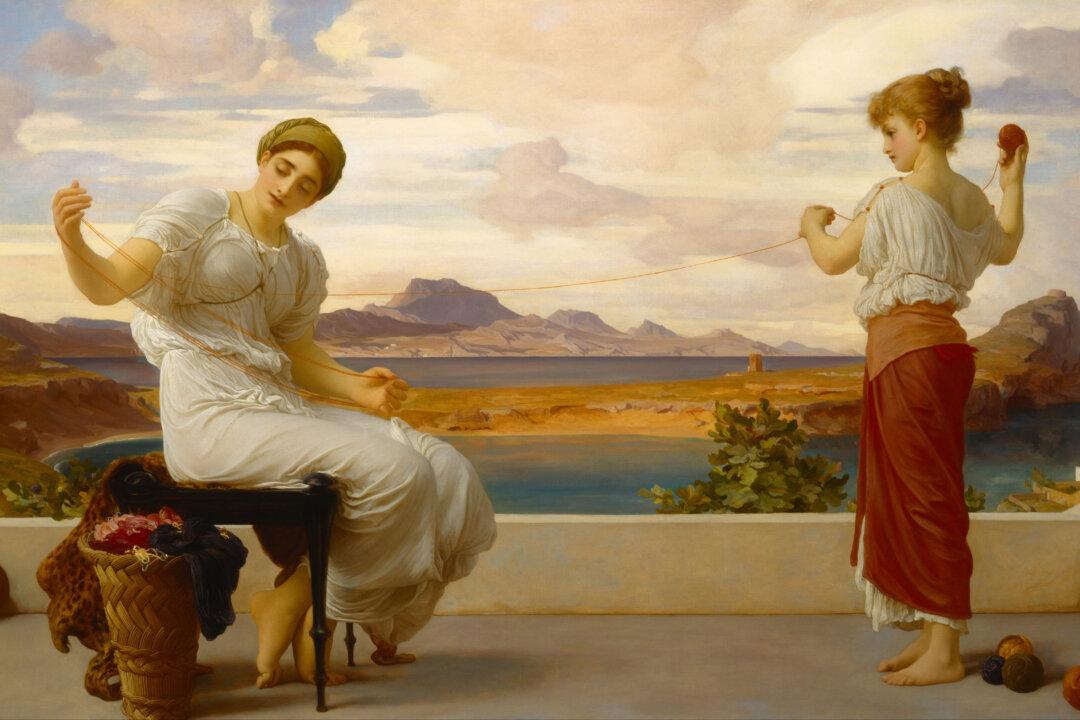There’s always a place for the beauty, care, and respect found in traditional culture. We can search for it and find a way to bring it into the future so that the generations after us have a foundation on which they can build.
The 19th-century British painter Frederic Leighton inspired me to deeply think about tradition with his painting “Winding the Skein.”





